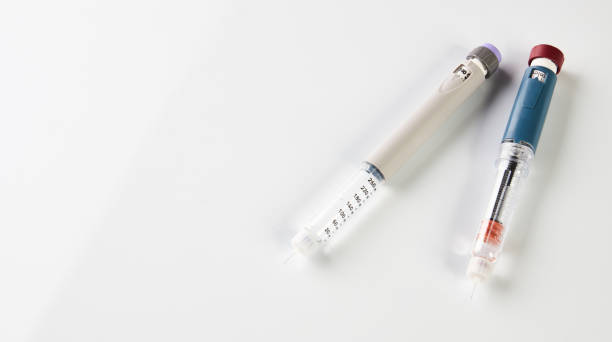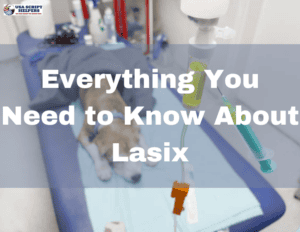Trulicity and Saxenda are both prescription medications that are used to treat different health conditions, but they share a common benefit: weight loss. Trulicity is typically used to manage type 2 diabetes, while Saxenda is used to treat obesity.
However, there is some overlap in the conditions that these medications can help manage, and they both work by altering the body’s natural processes to help achieve weight loss. But are we sure that they work?
Here’s what you need to know about Trulicity vs Saxenda and their effectiveness.
Trulicity
Trulicity is a once-weekly injection that is used to manage blood sugar levels in people with type 2 diabetes. The medication works by mimicking the action of a hormone called glucagon-like peptide-1 (GLP-1) that is naturally produced by the body. GLP-1 helps regulate blood sugar levels by slowing down the rate at which food is digested and absorbed, which can help reduce post-meal spikes in blood sugar.

Trulicity has also been shown to have an effect on weight loss, with clinical trials showing that people who took the medication lost an average of 4-6 pounds over a 26-week period. This weight loss was most pronounced in people who had a higher body mass index (BMI) at the start of the study.
Saxenda
Saxenda is a daily injection that is used to treat obesity in people who have a BMI of 30 or higher, or in people who have a BMI of 27 or higher and have a weight-related health condition such as high blood pressure or type 2 diabetes. The medication works by mimicking the action of a hormone called glucagon-like peptide-1 (GLP-1), which helps regulate appetite and digestion.
Effectiveness
Both Trulicity and Saxenda have been shown to be effective in helping people achieve weight loss. However, it’s important to note that these medications work differently and are intended for different patient populations. Trulicity is primarily intended to manage blood sugar levels in people with type 2 diabetes, while Saxenda is intended to treat obesity.
Trulicity has been shown to have a modest effect on weight loss, with an average weight loss of 4-6 pounds over a 26-week period. However, this weight loss was most pronounced in people who had a higher BMI at the start of the study. Trulicity is also effective in managing blood sugar levels, and can help reduce the risk of diabetes-related complications such as heart disease and kidney disease.
Saxenda has been shown to be more effective in achieving weight loss, with an average weight loss of 4-5% of body weight over a 56-week period. Saxenda is also effective in improving other health markers such as blood pressure and cholesterol levels. However, it’s important to note that Saxenda is only intended for use in people who have a BMI of 30 or higher, or in people who have a BMI of 27 or higher and have a weight-related health condition.
Side Effects
Both Trulicity and Saxenda can cause side effects, although these side effects are generally mild and go away on their own. Some of the most common side effects of Trulicity include nausea, diarrhea, and stomach pain. Some people may also experience injection site reactions, such as redness, swelling, or itching at the injection site.
Saxenda and Trulicity are both prescription medications used for the treatment of type 2 diabetes and obesity. While they belong to the same class of medications (glucagon-like peptide-1 receptor agonists), there are some differences in their side effects.
Some common side effects of Saxenda may include:

- Nausea
- Vomiting
- Diarrhea
- Constipation
- Stomach pain
- Headache
- Dizziness
- Increased sweating
- Low blood sugar (hypoglycemia)
- Gallbladder problems (such as gallstones)
On the other hand, some common side effects of Trulicity may include:
- Nausea
- Vomiting
- Diarrhea
- Stomach pain
- Decreased appetite
- Headache
- Dizziness
- Low blood sugar (hypoglycemia)
Both medications have the potential to cause serious side effects such as pancreatitis, thyroid tumors, and kidney problems. It is important to discuss the risks and benefits of these medications with your healthcare provider before starting treatment.
Note that this is not an exhaustive list of all the possible side effects of these medications, and individual experiences may vary. If you experience any side effects while taking these medications, it is important to contact your healthcare provider right away.
Cost and Availability of Trulicity and Saxenda

Trulicity (dulaglutide) and Saxenda (liraglutide) are available in 365 Script Helpers, but their costs and access can greatly vary based on several factors such as insurance coverage, location, and available discounts.
The price of Trulicity can vary depending on the dosage, package size, and if generic versions are available. The brand-name version typically costs around $750 to $800 for a set of four single-use pens, which amounts to a one-month supply.
There are several ways to save on Trulicity, such as through manufacturer-provided savings cards, which can lower the cost of the medication to as little as $25 for eligible patients. Additionally, some insurance plans may cover a portion of the cost, although this varies greatly depending on the individual insurance plan and coverage terms.
Saxenda, produced by Novo Nordisk, is a weight-loss medication used along with a reduced-calorie diet and increased physical activity for chronic weight management in adults with obesity or overweight with at least one weight-related comorbidity. Saxenda is a once-daily injection administered via a pre-filled pen. The cost of Saxenda is often higher than that of Trulicity, and a one-month supply of Saxenda pens can cost around $1,200 to $1,430.
Both Trulicity and Saxenda can be purchased at local retail pharmacies or ordered online through authorized pharmaceutical suppliers. Choosing between Trulicity and Saxenda depends on the individual’s specific health needs and concerns, and patients should consult with their healthcare providers to determine which medication is most suitable for them. Patients should also contact their insurance providers to determine coverage, potential out-of-pocket expenses, and explore available cost-saving options to make these medications more affordable.
Related Articles:


















